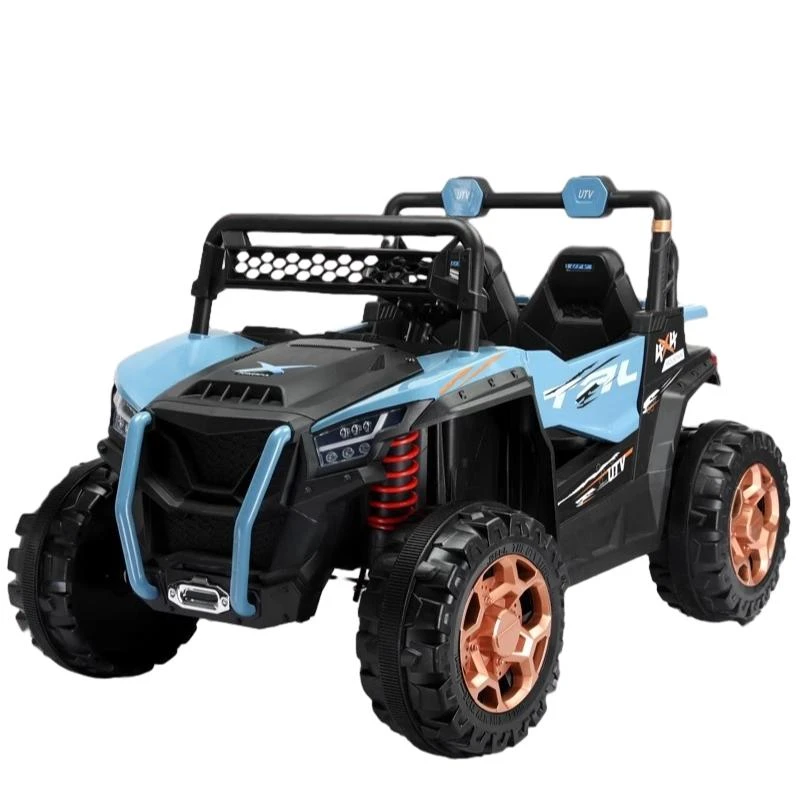kids motorcycle helmets
The Importance of Kids Motorcycle Helmets
When it comes to safety gear for young riders, kids motorcycle helmets are paramount. As more children and teenagers are drawn to the thrill of riding, parents and guardians must prioritize protection. Motorcycle riding, while exhilarating, poses various risks, making the proper gear, particularly helmets, crucial. This article will discuss the importance of kids motorcycle helmets, including safety standards, features to look for, and tips for ensuring a proper fit.
Understanding Safety Standards
The importance of a quality helmet cannot be overstated. Safety standards are put in place to ensure that helmets offer adequate protection in the event of an accident. In the United States, for instance, the Department of Transportation (DOT) sets regulations that helmets must meet. Helmets that pass these tests will typically carry a DOT sticker inside. Additionally, the Snell Memorial Foundation certifies some helmets, providing another layer of assurance regarding quality and safety.
For children's helmets, it’s crucial to ensure that they comply with safety regulations designed specifically for their age group and size. Using a helmet that is too large or small can compromise safety, as it may not stay securely in place during an impact.
Key Features of Kids Motorcycle Helmets
When shopping for kids motorcycle helmets, there are several features that parents should look for
. Firstly, the helmet’s material is crucial; it should be constructed from durable materials such as polycarbonate or fiberglass, which offer high levels of impact resistance. Secondly, the weight of the helmet is essential for comfort; lighter helmets reduce neck strain, especially for younger riders.Ventilation is another important feature. Helmets should have adequate airflow to keep the rider cool during warm weather. When kids feel comfortable, they are more likely to wear their helmets consistently. Moreover, some helmets come with additional comfort features like removable and washable liners, which help maintain hygiene and comfort over time.
kids motorcycle helmets

Proper Fit
A helmet will only protect if it fits correctly. Parents should ensure that the helmet sits squarely on the child’s head, covering the forehead without obstructing vision. A good test is to strap it onto their head and have them shake it gently; it should not shift or slide around. The chin strap should be snug but should not cause discomfort.
To find the correct size, measure the circumference of your child’s head just above the eyebrows and consult the sizing chart provided by the helmet manufacturer. Remember that different brands may have varying sizing norms, so always check before making a purchase.
The Role of Education
While having the right helmet is vital, educating children about the importance of safety gear is equally essential. Encourage young riders to see helmets as a necessary part of the riding experience, akin to seat belts in a car. Discuss the possible consequences of not wearing a helmet, including serious injuries and the importance of leading by example.
Parents should also set rules about wearing safety gear at all times when riding. Whether on a motorcycle, scooter, or bicycle, wearing a helmet should never be negotiable. Consistent adherence to these safety practices helps foster a culture of safety among young riders.
Final Thoughts
In conclusion, kids motorcycle helmets are a non-negotiable part of safe riding. Ensuring that a child wears a helmet that meets safety standards, has essential features, fits properly, and is complemented by proper education on its importance can significantly reduce the risk of serious injury. As children embrace the joy of riding, it’s our responsibility to ensure they do so safely. By investing in quality helmets and fostering a respectful attitude towards safety equipment, we can help our young riders enjoy their passion for the open road while staying as safe as possible.
-
Motorcycle Scooters: Your Ultimate RideNewsMay.19,2025
-
Kids Motorcycles: The Perfect Ride for Young AdventurersNewsMay.19,2025
-
Electric Toy Cars for Kids: The Perfect Ride for Young AdventurersNewsMay.19,2025
-
Electric Motorcycles for Kids: A Fun and Safe RideNewsMay.19,2025
-
Electric Children's Cars: Fun and ExcitementNewsMay.19,2025
-
Children's Battery Cars: Fun and Power CombinedNewsMay.19,2025
